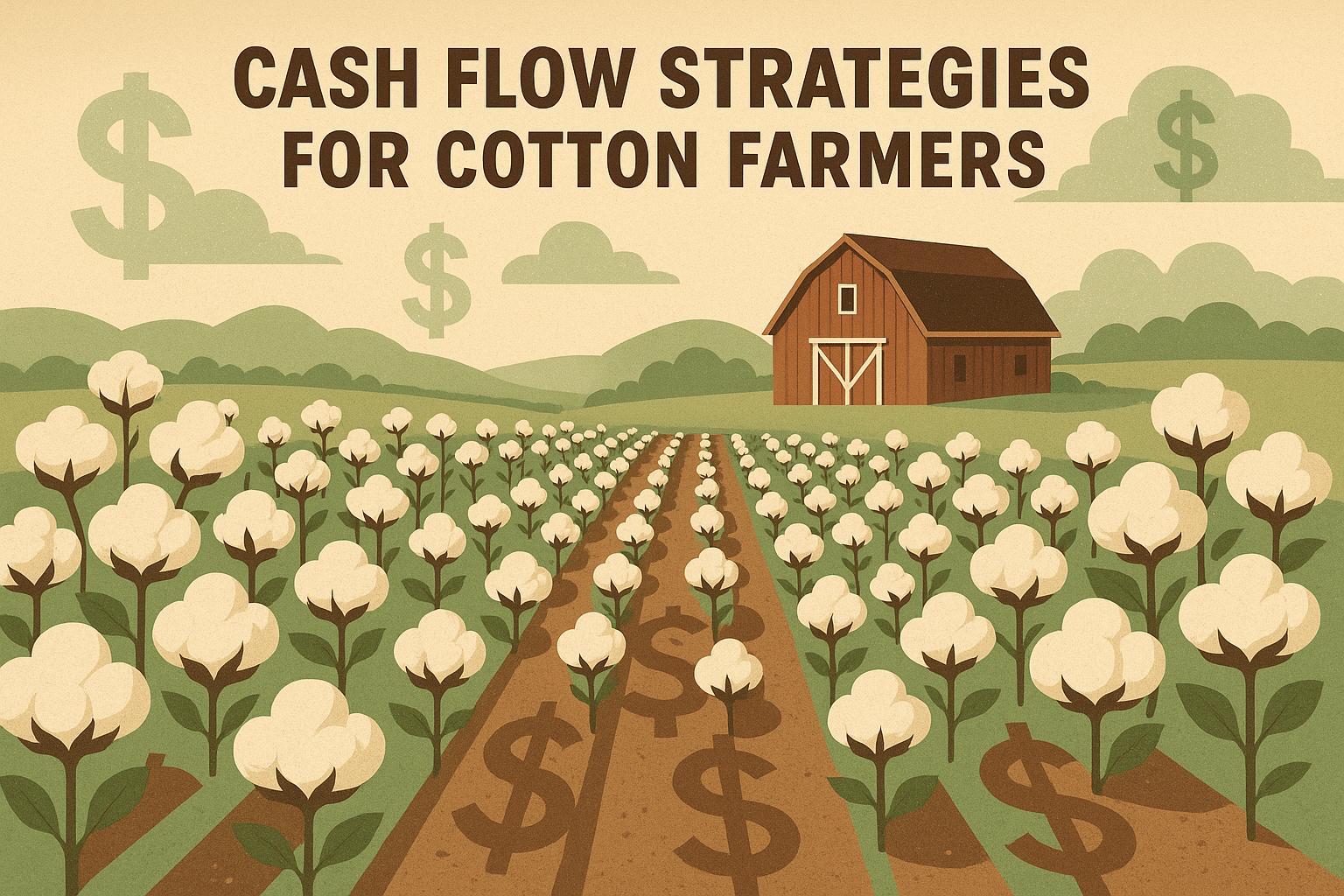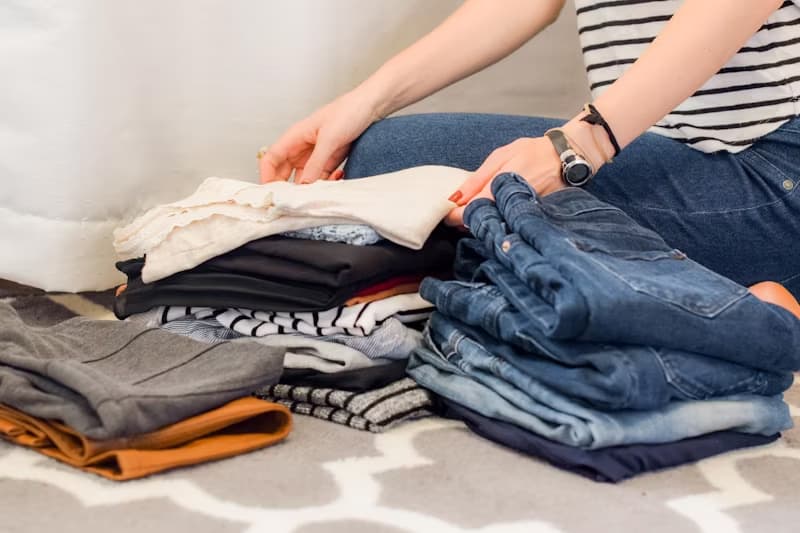Executive summary (TL;DR)
- Unlock cotton marketing statistics showing U.S. exports at 75% of production—leverage co-ops for 10-15% better pricing and hedge against volatility.
- Global demand drives 80 million bales annually; track consumption trends in Asia to time sales for premiums up to 5 cents/lb on quality fiber.
- Input costs eat 60% of budgets—use stats on subsidies covering 20% to optimize financial tools and boost net returns 15-20%.
Related Post: For practical application of these insights, check out our post on 7 Keys To Effective Cotton Marketing.
You have crunched enough numbers over the years to know that cotton marketing statistics aren't just trivia—they're the roadmap that separates breaking even from banking profits. You spot export trends dipping or input costs spiking, and suddenly your forward contracts look genius or regrettable. For farmers with a decade or more of navigating basis and bales, these stats offer the edge to time sales, cut risks, and squeeze more from every acre without reinventing your operation.
We're diving into the key figures here, assuming you've got your hedges and co-ops basics down. This is about the data that drives decisions, pulled from industry reports like USDA outlooks and Cotton Incorporated analyses. I'll break down the numbers with context, show how they tie to your bottom line, and throw in tools to make them actionable. No fluff, just the insights to keep your marketing sharp.
Global Production and Consumption Stats: The Big Picture
Cotton doesn't grow in a vacuum—global stats set the stage for your local plays. World production hovers around 110-120 million bales annually, with consumption close behind at 115 million, per USDA data. That tight balance means small shifts in weather or trade can swing prices 10-20 cents/lb.
Why care? U.S. growers produce 15-20 million bales, but domestic mills use only 3-4 million—exports eat 75-80%. A dip in Chinese demand (40% of world use) tanks basis; surge lifts it. Cotton Incorporated tracks: Asia's apparel boom drives 60% consumption, so monitor textile trends there for forward signals.
For your farm: If stats show production up 5%, lock in 50% early. One Delta op I know used consumption data to time sales, adding 3 cents/lb average.
Table of key global stats from aggregated reports:
| Metric | Average Value | Impact on Farmers | Actionable Insight |
|---|---|---|---|
| World Production | 115 million bales | Supply pressure on prices | Hedge 30-50% if over 120M |
| U.S. Share | 15-18% | Export reliance | Track trade policies for 10% price swings |
| Consumption Growth | 1-2% yearly | Demand stability | Time sales to peak seasons for 5% premiums |
| Top Importer (China) | 35-40% share | Market volatility | Diversify buyers to cut risk 15% |
Export Trends: Where Your Bales Go
U.S. exports 12-15 million bales yearly, 75% of output—top destinations Vietnam, China, Turkey, taking 50% share, USDA stats show. Volatility? Trade wars or tariffs shift 10-20% flows, dropping prices 5-10 cents.
Benefit: Premium markets like Europe pay 2-5 cents more for quality. Cotton Council International data: Sustainable certs boost export value 10-15%.
Off-topic tie: Use business tools like futures apps to track export volumes in real-time; locks basis when stats signal upticks.
Personal note: I've seen growers ignore export dips, holding for rallies that never came—stats keep you proactive.
Pricing and Volatility Figures: Navigating the Swings
Average farm price is 65-85 cents/lb, but volatility hits 20-30% yearly, per USDA. Input costs? 50-60% of the budget—fert alone 20-25%.
Stats reveal: Basis averages -5 to -10 cents vs. futures; co-ops narrow to -3 cents. Cotton Outlook: Global stocks-to-use ratio under 60% signals rallies; over 70% bears.
For you: If stats show low stocks, forward 40%; high, hold minimal. A High Plains study: Data-driven hedging upped returns 15%.
Chart idea: Imagine a line graph of price vs. stocks ratio—a low ratio correlates to highs above 80 cents.
Input Cost Breakdown: Where Stats Save Money
Fert 25-30% costs, seed 15-20%, pest control 10-15%, USDA breakdowns show. Energy? Irrigation pumps 5-10% in the West.
Optimization: Stats on N efficiency (cotton uses 50 lbs/bale) guide splits, cutting waste 10-20%. Cotton Incorporated: Precision tech drops inputs 15%.
Tie to market: When fert stats spike (urea up 20%), lock early or switch organics for 10% savings long-term.
Bullet points for cost stats:
- Average cost/bale: $400-500.
- Labor share: 10-15%, automation cuts 20%.
- Water use: 800 gal/bale average; drip halves.
- Subsidy impact: Covers 15-25% costs in programs.
Quality and Premium Stats: Cashing in on Grades
Micronaire 3.5-4.9 fetches base; outside drops 2-5 cents, per AMS. Length 34-36/32nds premiums 1-3 cents; strength 28+ g/tex adds another.
Data: 60% U.S. cotton grades Strict Middling or better—quality stats drive 5-10% revenue. Cotton Council: Export buyers pay 5% more for certified sustainable.
For farmers: Test mid-season; adjust K for strength. One Southeast grower used quality stats to target premiums, boosting net 12%.
Demand Drivers: Apparel and Beyond
Apparel 70% use; home textiles 20%, industrial 10%, per ICAC. Growth: Eco-demand up 10% yearly, organic 5% market share.
Stats: Per capita use 25 lbs/year global; U.S. 35 lbs. Trends: Fast fashion cycles bales faster, but sustainability shifts favor quality.
Consumer tie: 70% buyers prefer eco-cotton, surveys show—market your practices for direct premiums.
Risk Management Numbers: Hedging and Insurance
70% growers hedge, averaging 10-15% better returns, USDA. Insurance covers 85% acres; weather claims 40% payouts.
Cotton-specific: Boll rot claims 20%; use stats for policy tweaks.
Business tool: Apps like DTN track volatility index (20-30% norm)—hedge when over 25%.
Sustainability Stats: The Future Edge
Organic yields 20% lower transition but premiums 30% higher. Regenerative cuts inputs 15%, builds carbon credits ($10-20/ton).
Cotton Trust Protocol: Enrolled farms see 10% buyer preference.
For you: Stats on water savings (organic 91% less pollution), open grants, cutting costs 5-10%.
Wrapping the Stats Game
These cotton marketing statistics arm you to play smarter—time sales, cut costs, chase premiums. Data's your ally in volatile markets.
Actionable Takeaways
- Track export stats monthly; hedge 40% on low stocks.
- Use quality metrics for a 5-10% revenue lift; test regularly.
- Monitor input trends; switch organics for 10% savings.
- Leverage sustainability data for grants/premiums 15%.


